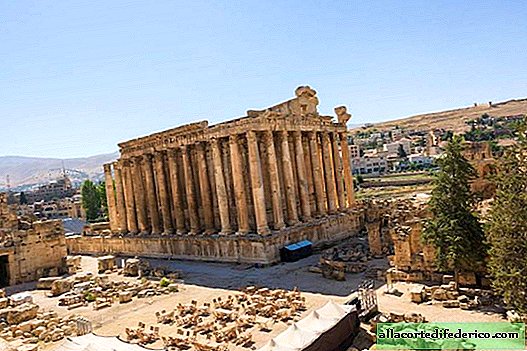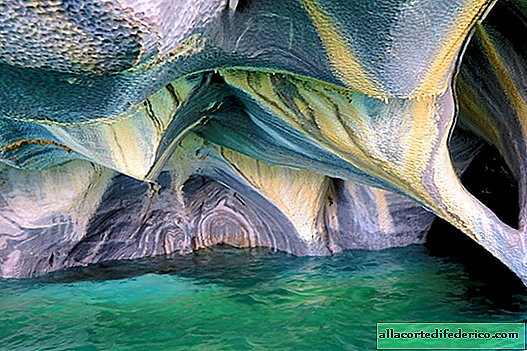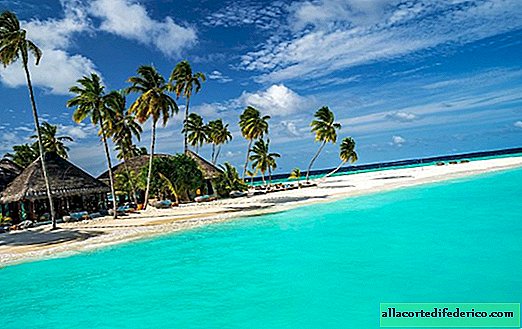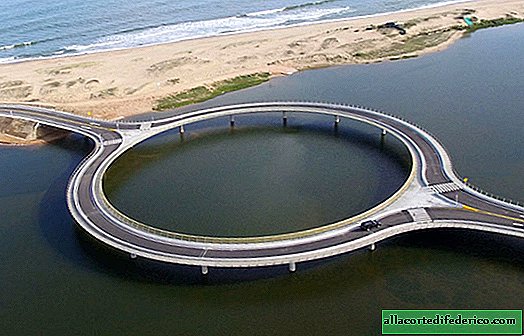What is known about the "last dinosaur of Africa"
Little is known about what happened in Africa in the last years of the dinosaurs. Scientists know very little about the fauna of that time - including the African dinosaurs themselves. Therefore, the recently discovered dinosaur remains in Morocco aroused great interest of researchers. This dinosaur lived almost before the fall of a giant asteroid on Earth, which put an end to the existence of "terrible lizards". What could he tell paleontologists about?
Separate education
In the middle of the Cretaceous, Africa was separated from the supercontinent Gondwana, and its own fauna began to develop on it, including a group of dinosaurs different from all the others. When an asteroid fell to Earth, the level of the world's oceans in many places rose sharply, so all the minerals of that period are usually found in sea rocks. These rocks also include phosphate deposits in Morocco - the remains of the ancient seabed, laid 66 million years ago. Phosphate is collected from vast mines and is used to create fertilizers, as well as for other purposes.

At such a phosphate mine in northern Morocco, fossils of a dinosaur were discovered, which may have been Africa's last dinosaur before they were massively extinct across the planet. There are practically no fossils of that period in these places, and scientists compare the find with a win in the lottery.
African relative tyrannosaurus
The "Last African Dinosaur" was called Chenanisaurus barbaricus and belongs to the family of Abelizaurs - relatives of tyrannosaurs, with only a shorter muzzle, very tiny front paws and a smaller brain. Abelizaurs reached a height of 7-8 meters, walked on two legs, were ferocious predators and dominated at the end of the Cretaceous in Africa, South America, India and Europe at the same time when tyrannosaurs terrified North America and Asia.

The short muzzle and jaw structure determined the predator’s special hunting tactics: a dinosaur attacked the victim from the sides to tear off a piece of meat. In the same geological layers as Chenanisaurus barbaricus, the remains of titanosaurs - giant herbivores, which, most likely, were suitable prey for them.
Interestingly, other continents, of which the supercontinent Gondwana previously consisted, also differ in approximately the same ratio of titanosaurs and abelizaurs, which suggests that both species spread throughout the mainland before it separated. But already in the divided territories, their development began to take place in its own way.

















